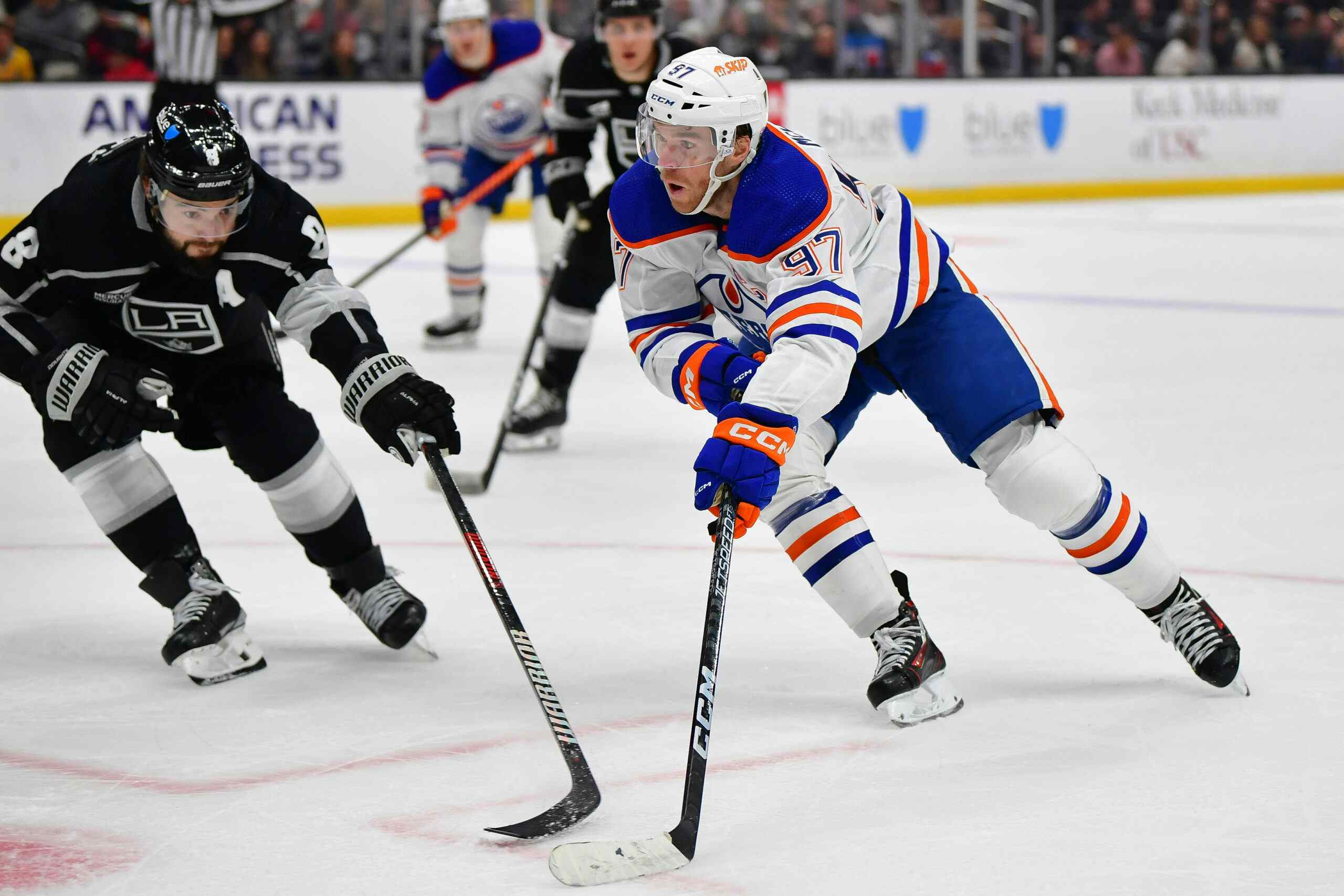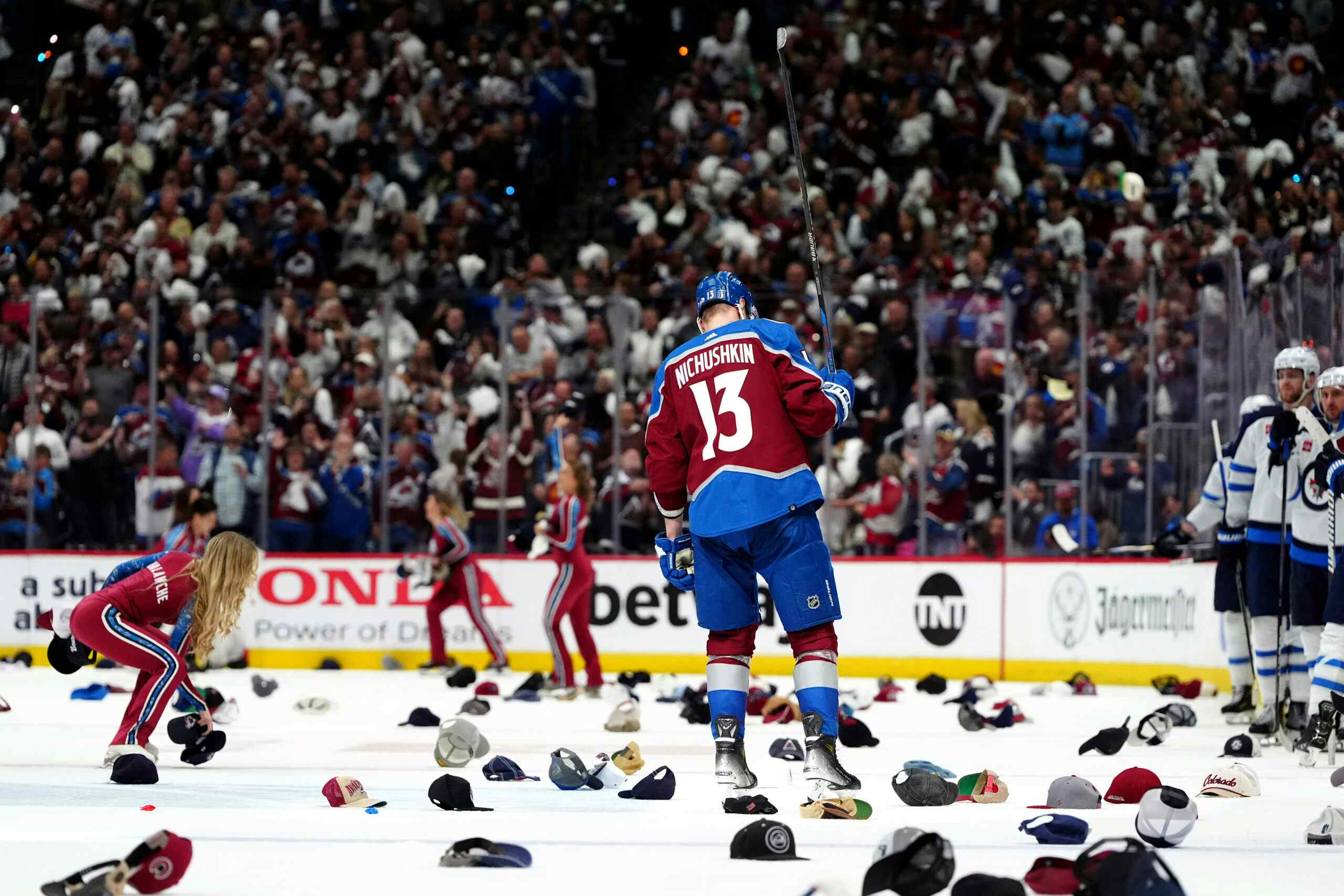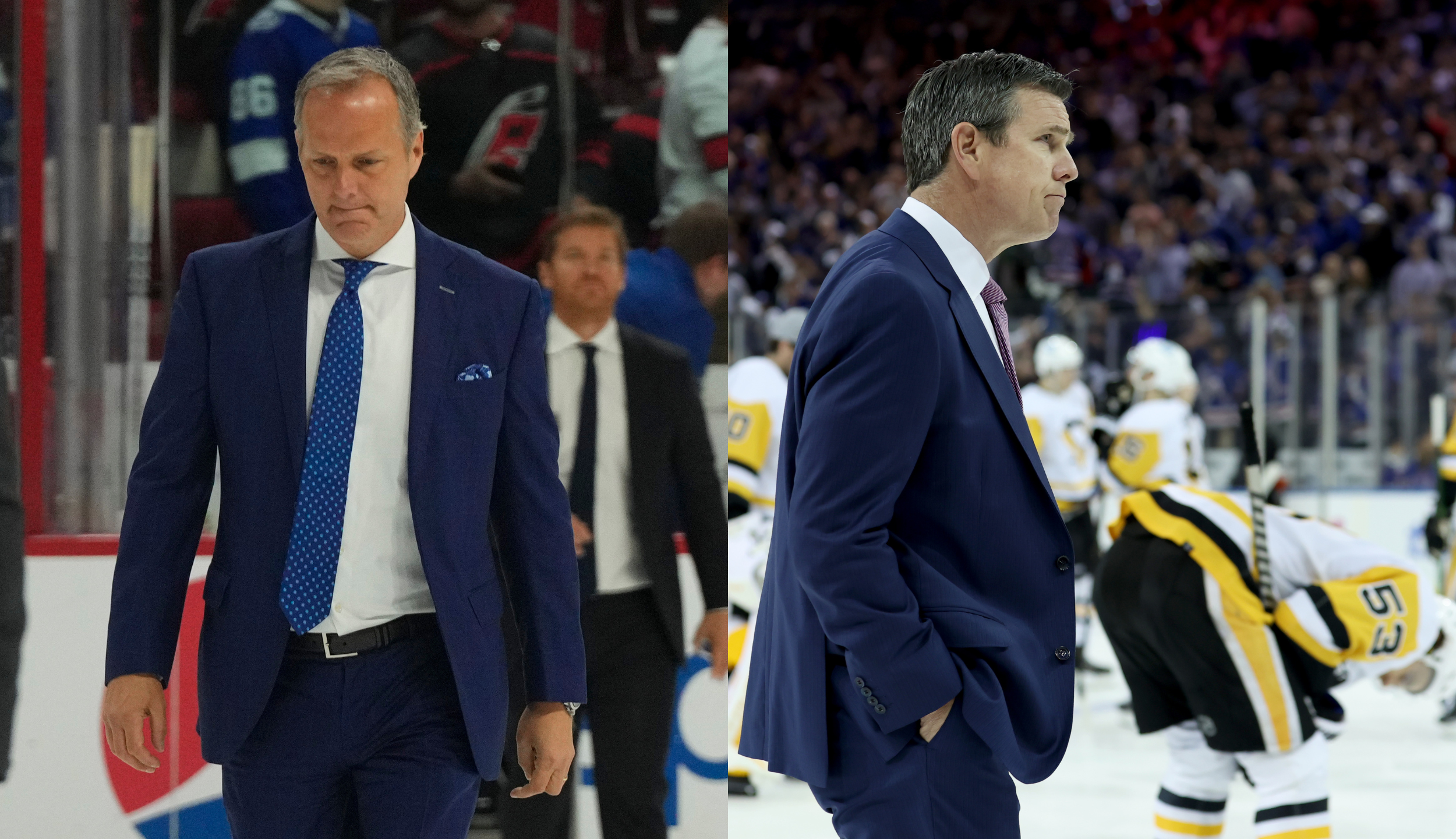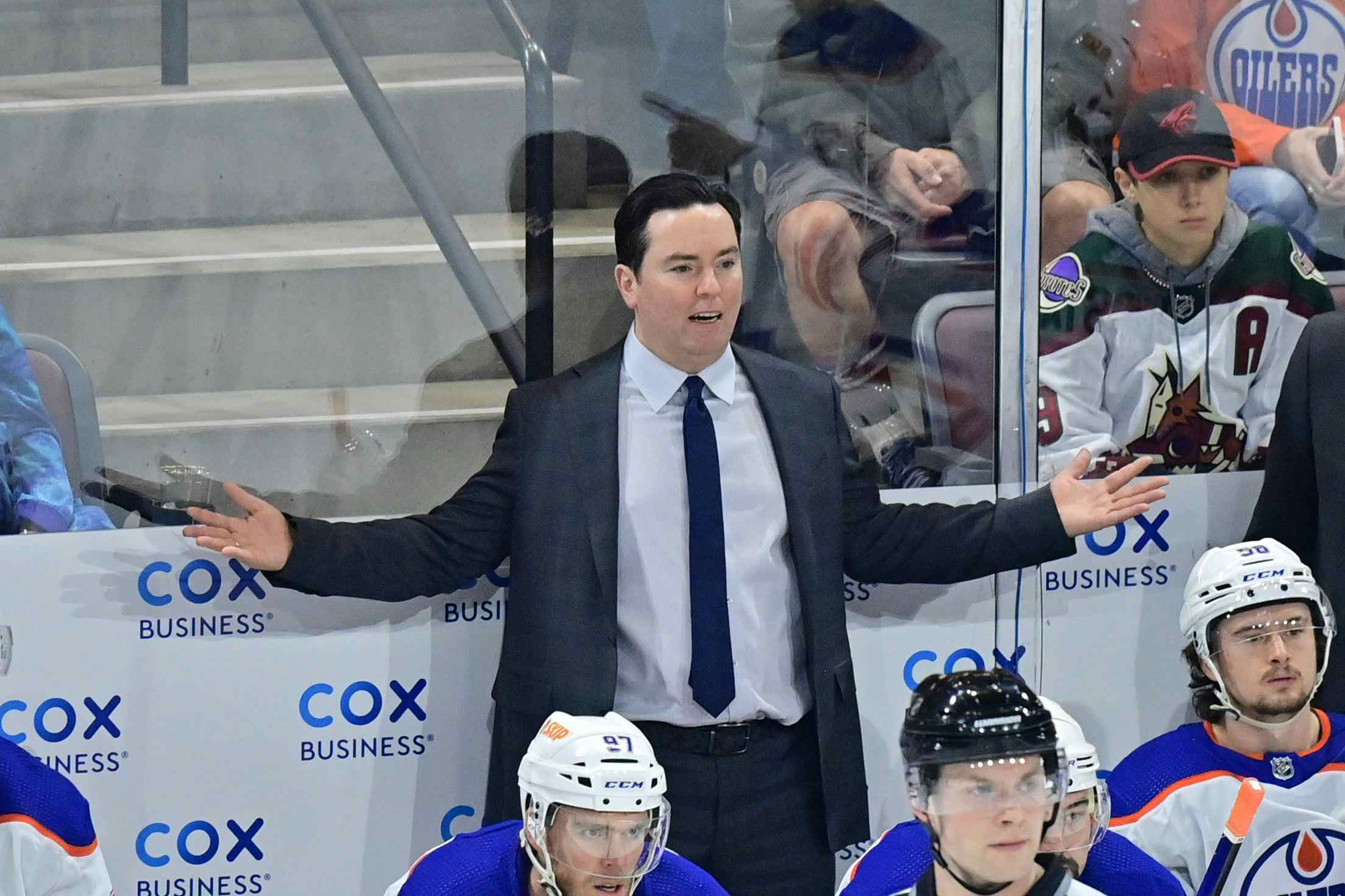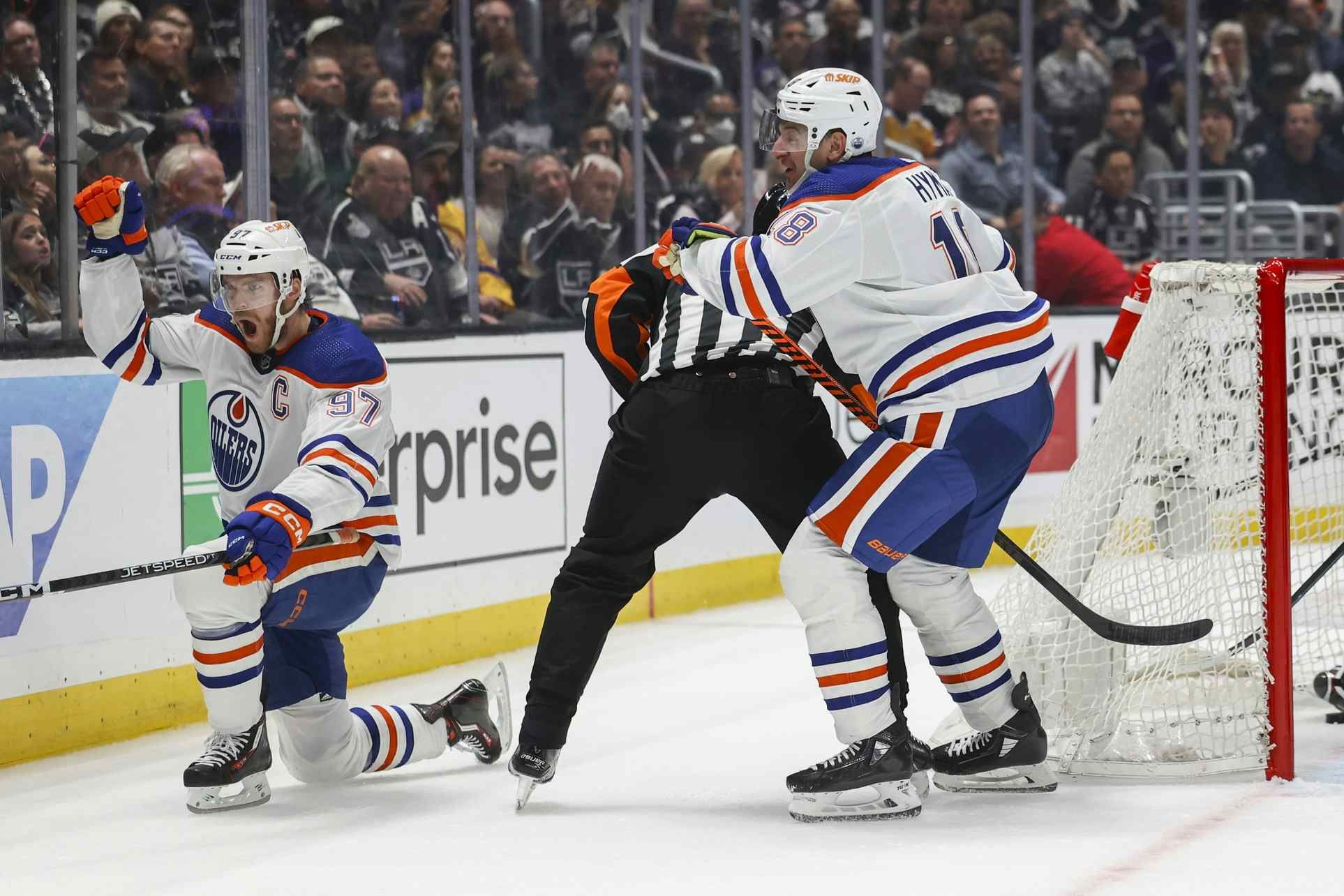Jussi Jokinen should (and will) play ahead of some of the Oilers’ young forwards
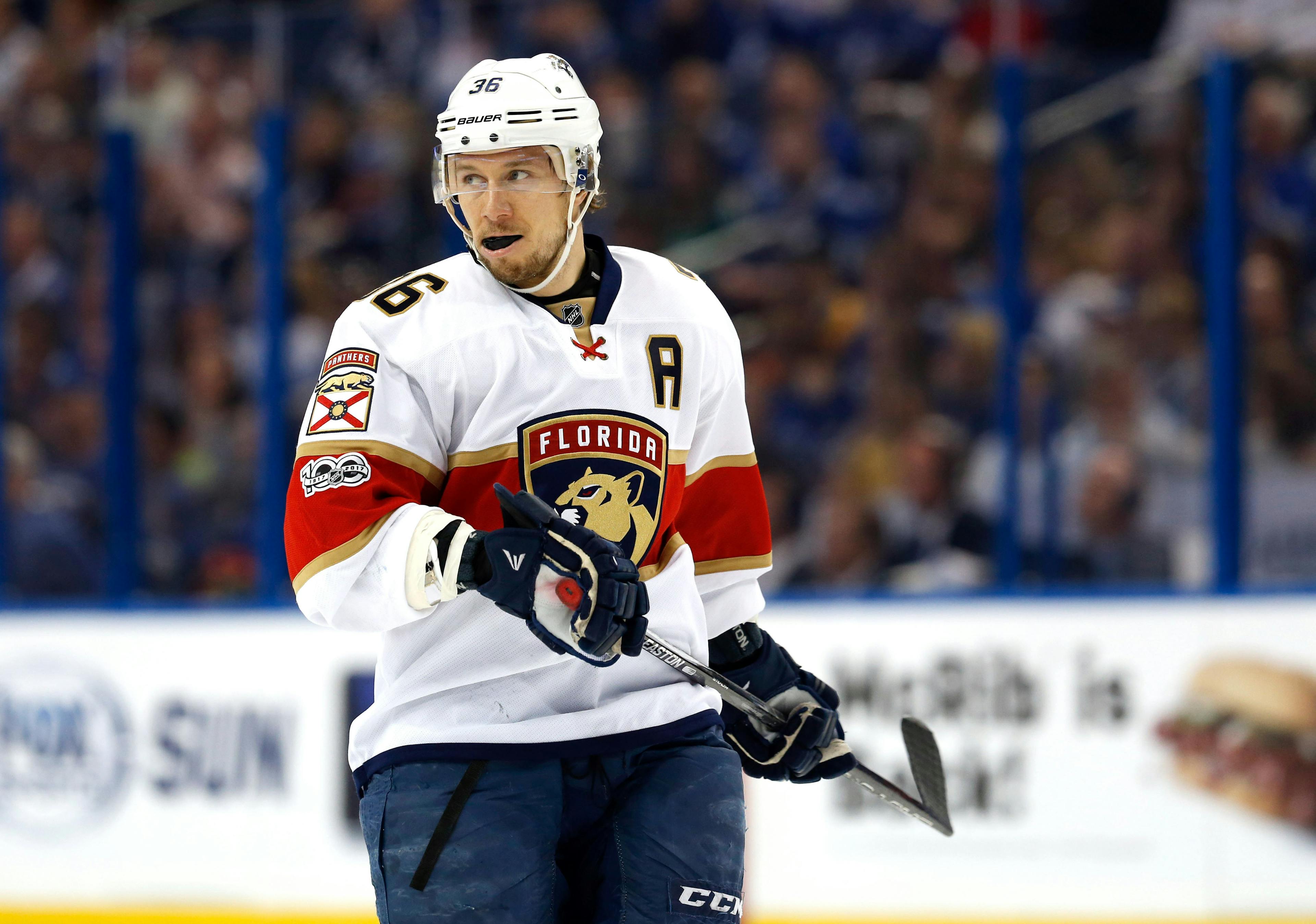
The Edmonton Oilers’ addition of Jussi Jokinen on a bargain bin contract last week was a good one, because the Finnish wing brings an established level of ability to the club, something that the team badly needed at that position.
Despite several summer depth charts projecting him on the fourth line, it’s virtually certain that Jokinen will play ahead of at least one of the three young forwards (Anton Slepyshev, Jesse Puljujarvi and Drake Caggiula) angling for a permanent spot in Edmonton’s top-nine. It’s also virtually certain that this is a good thing.
Some of this relates to experience. Most of it relates to skill.
The problem isn’t so much that Slepyshev, Puljujarvi and Caggiula are young, it’s that there’s no certainty that they’ll be able to produce if placed in a scoring role next season. That’s not a popular thing to say, but it’s true.

Slepyshev is now 23, at the older end of the spectrum for a prospect. The most telling number with him given usage is probably points/hour at 5-on-5: he scored 1.34, which is a solid third-line scoring rate. Of course, that’s over just eight hours of ice-time and he wasn’t a big AHL scorer the year before, so there’s a risk that he isn’t quite that good. He also has a fair bit of ground to make up to be a legitimate second-line player, and given his age that goal may be out of reach.

Caggiula is also 23. It’s easy to think of signed college players as younger than they are because they haven’t been rattling around the team system for years, but the truth is that most of them have a limited window to make an impact because they’re entering pro later in their development. Caggiula’s 1.04 points/hour was the worst number of any Oilers regular, behind Benoit Pouliot, behind Matt Hendricks. Some time with Connor McDavid and regular work on the power play inflated his totals, but the truth is that Caggiula has yet to prove he can generate even third-line offence consistently.

Finally, there’s the 19-year-old Puljujarvi. Puljujarvi actually had the best 5-on-5 scoring clip of this trio, despite going 0-for-35 as a shooter at evens. Still, he did go 0-for-35 over 28 NHL games. His AHL totals were not good, despite the positive buzz – basically, he scored at the same rate as defenceman Jordan Oesterle or AHL journeyman Ryan Hamilton. He followed that up by going pointless in eight games at the World Championships. I like the player a lot, and I think he makes the team and performs well, but again there’s no question that he’s a gamble in a scoring role next season.
Although each of these players might be a reasonable gamble individually, the more of these risks a team takes the greater the likelihood that one or more of them fails. If (to pull numbers from the air) we say there’s an 70 percent likelihood of each of these players succeeding in a top-nine role next season, that results in the following:
- a 34 percent chance of all three succeeding
- a 44 percent chance of two of the three succeeding
- a 19 percent chance of two of the three failing
- a 3 percent chance of failure across the board
That’s a ludicrously simplified example, of course, but a helpful one for illustrating the situation. A team can make three good individual bets and still expect only two of them to succeed in the aggregate.
In this specific case, the above may understate Edmonton’s challenges. Are any of those three players a better than 50/50 bet as legitimate second line wingers next season? If I’m handicapping the race, I’m setting the over/under at “two third-line (or better) players” out of that trio.
That takes us back to Jokinen, who also carries some risk. He’s coming off a lousy 33-year-old season in Florida, and it’s possible the wheels have come off him as a player.
I think that’s unlikely, for a bunch of reasons: Jokinen’s shot rate held steady at 5-on-5 while his shooting percentage collapsed, his linemates often couldn’t score, his IPP fell well below career norms, and the Panthers had one of the nastiest run of injuries you’ll ever see, a run which was topped off by organizational turmoil.
Basically, there are a lot of reasons to think Jokinen will bounce back, and if he does he’s an impressive guy. Ignoring the lockout-shortened 2012 -13 campaign, he played 70-plus games and scored 40-plus points six times in his previous six tries.
Even including last year, over three years as a Panther Jokinen averaged 1.72 points/hour at 5-on-5. That’s a good second-line scoring rate, pretty comparable to what Jordan Eberle delivered in a down year in 2016-17, and miles beyond what any of Slepyshev, Caggiula or Puljujarvi managed last season. If that’s his level of ability, those three young players are all going to need big years to pass him on merit.
The kids will get their chance, if for no other reason than Jokinen is a stopgap and the kids could be (and in Puljujarvi’s case absolutely should be) long-term pieces. But the presence of Jokinen allows the coach to stick one of them in a fourth-line role, leaving two spots open to be won by the two best performers. It also means that every forward line Edmonton rolls out can run at least two proven players.
Training camp is going to tell us a lot, but based on the roster today, I have some ideas:
- a third line, likely centered by Ryan Strome, featuring Jokinen and fellow Finn Puljujarvi. This lets the 2016 fourth overall pick learn from someone with the same background, language and who has made the same transition from European to NHL scorer; it also places both Jokinen and Puljujarvi in a favourable matchup position.
- one of Slepyshev/Caggiula inside the top six. Slepyshev would be my pick today, probably on a big, grinding second line with Milan Lucic, but Caggiula has some things going for him including a successful stint with McDavid. If Caggiula has the better camp, it might be tempting for the coach to run him with McDavid/Patrick Maroon and load up that second line (Lucic/Ryan Nugent-Hopkins/Leon Draisaitl).
- the other of Slepyshev/Caggiula on the “fourth” line. Mark Letestu and Zack Kassian are probably going to be the duo here, though Kassian has a fairly decent chance of climbing the depth chart himself and shouldn’t be discounted as a top-nine or even top-six option. If Caggiula ends up here, he’ll still be getting time on both special teams and will be spotted up the lineup at points, which is far from the worst possible outcome.
I know I say this every year, but training camp really is shaping up as an exciting time because so many players have the potential to move up or down the depth chart based on their performance. When all is said and done, though, I’d be very surprised if Jokinen isn’t playing a top-nine role. He’s too good a player, and the competition too unproven, to expect him to slide lower than that.
Recent articles from Jonathan Willis

